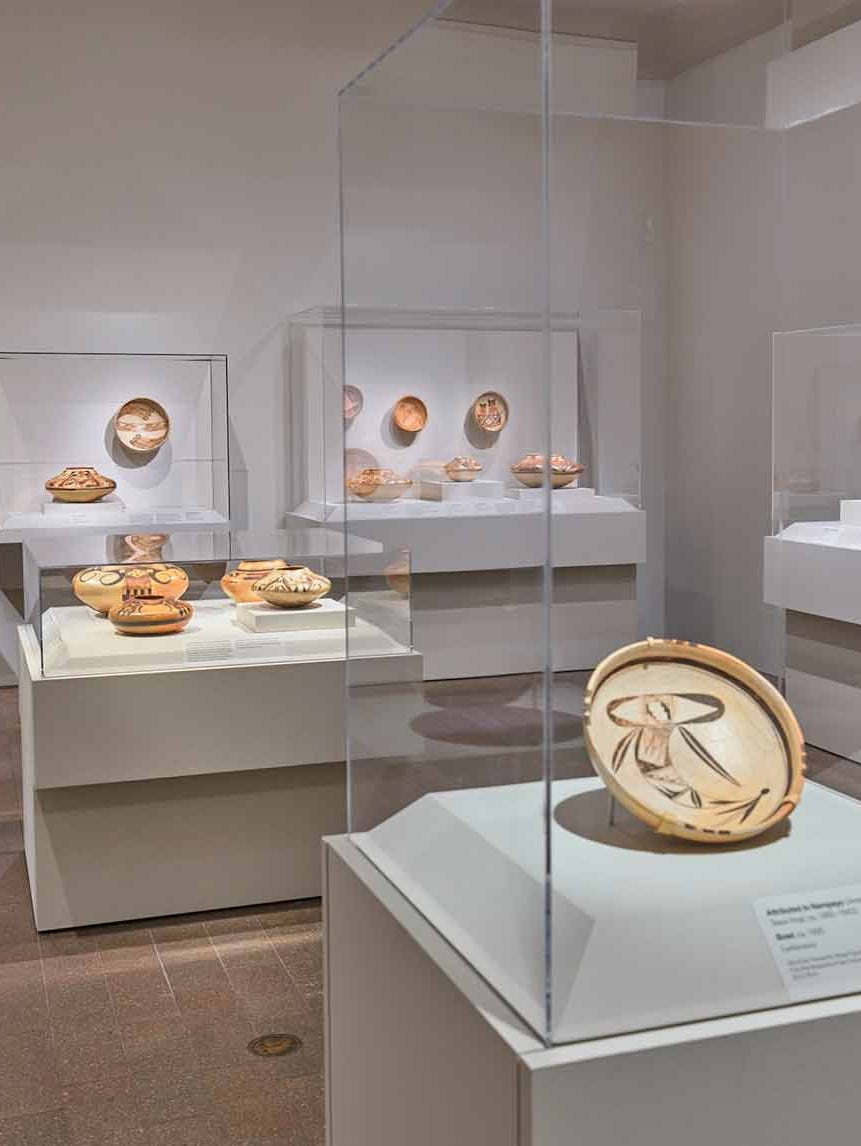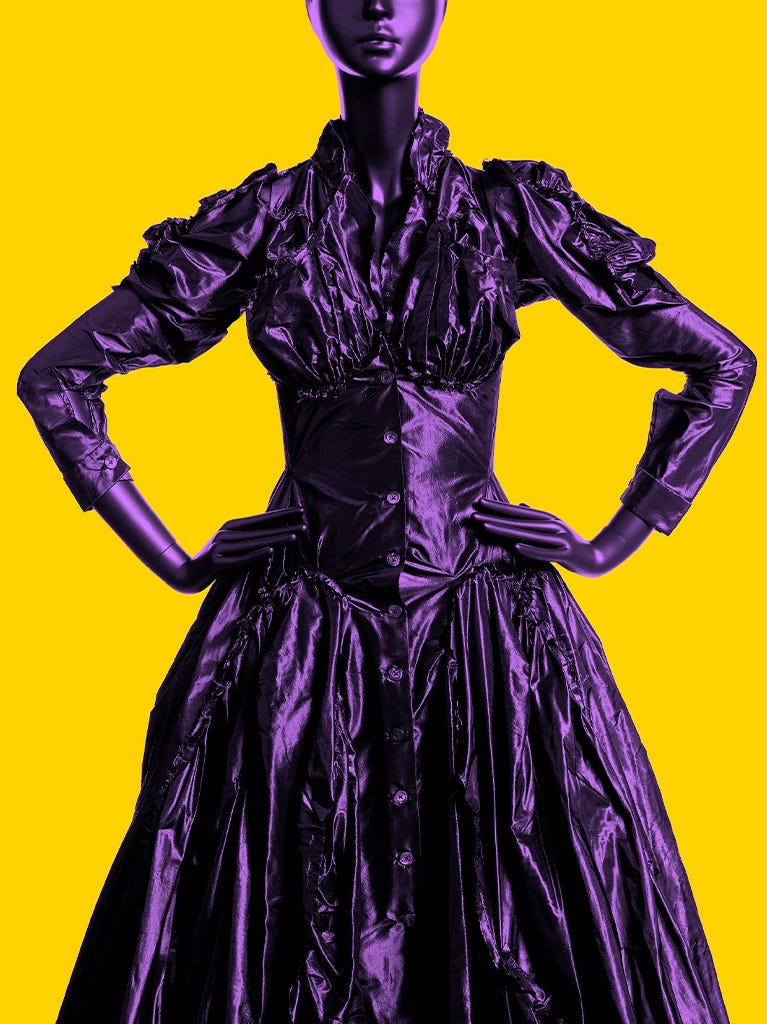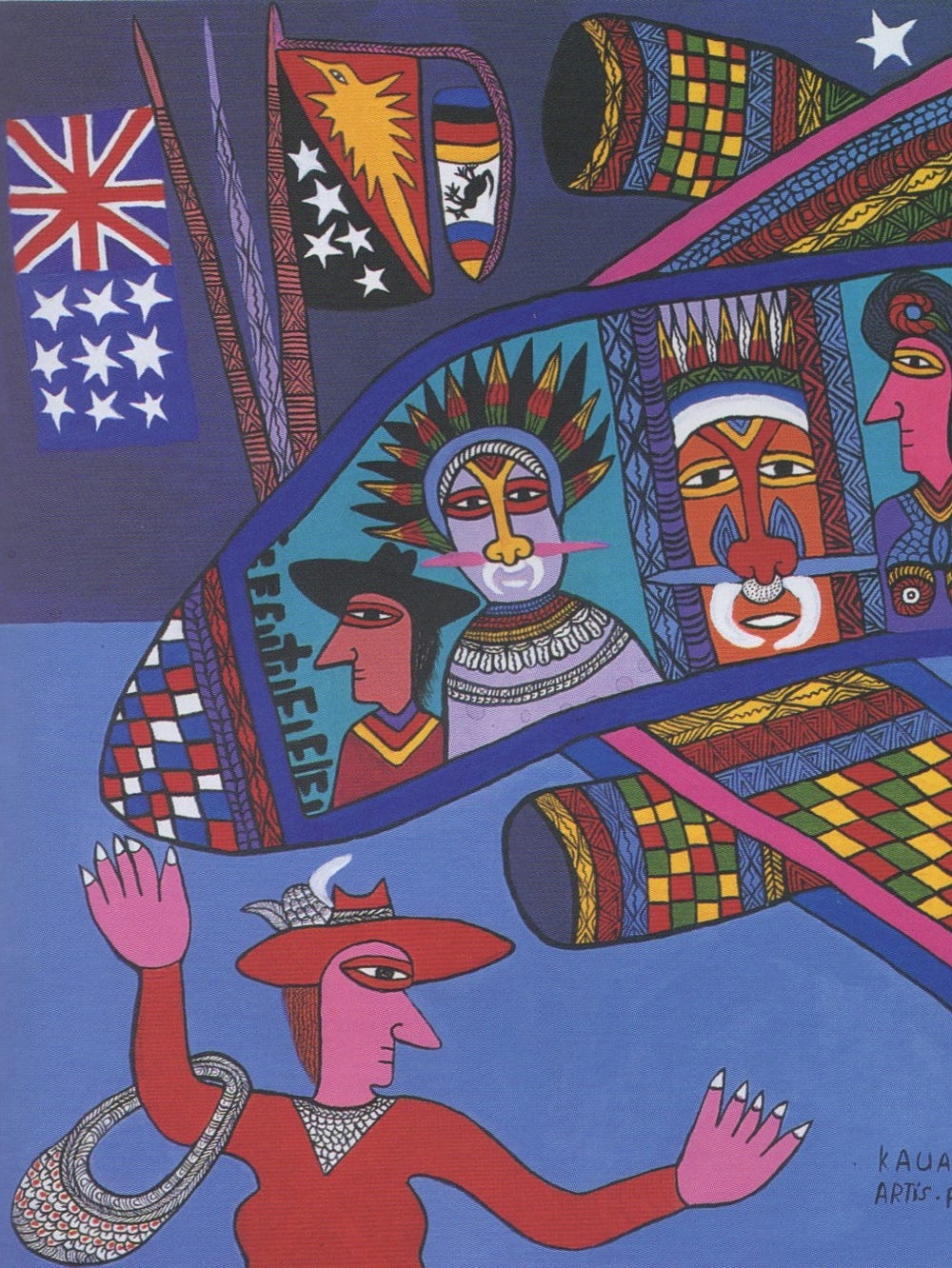Ikat
Splendid Silks of Central Asia
Jump to
A passion for luxury textiles long characterized the courtly life of Central Asia, where, for millennia, kingdoms grew rich from the trade along the fabled Silk Route passing through them from China to the West. With the decline of overland trade, however, Central Asia was gradually reduced to a bleak and forgotten backwater until the turn of the 19th century when, for a few decades before being absorbed into the Russian Empire, it underwent a remarkable cultural revival. Ikat: Splendid Silks from Central Asia features some 40 robes, wall hangings, and velvets from Bukhara and Samarkand that are among the most outstanding achievements of this period.
The bold patterns and exuberant colors of the silks were produced by a technique known as ikat, a method of resist-dyeing in which the threads of the cloth are dyed before being woven. Used to mark status, decorate interior surfaces, and even to measure bride price, these rich textiles played a central role in urban life for all of Central Asia’s numerous ethnic groups — Uzbeks, Tadjiks, Jews, and Iranis — and making them brought together the specialized skills of each of these peoples in a brilliant artistic expression.
The exhibition is drawn from the collection of Guido Goldman, founding director of the Center for European Studies at Harvard. Goldman was first attracted to ikats because he saw in their vibrant colors and complex designs parallels to his favorite expressionist and color-field paintings, works by artists such as Emil Nolde, Wassily Kandinsky, and Helen Frankenthaler. Ultimately, his passion for the material and his fascination with its history led Dr. Goldman to build the finest and most comprehensive collection of Central Asian ikat in the world, containing many of the earliest examples known.
The exhibition will be accompanied by two publications: a softbound catalogue with some 70 color plates of masterpieces from the collection and a clothbound catalogue raisonné with more than 300 color illustrations. Both catalogues contain supplementary illustrative material, including historic photographs. The catalogues will be available in the museum store.


